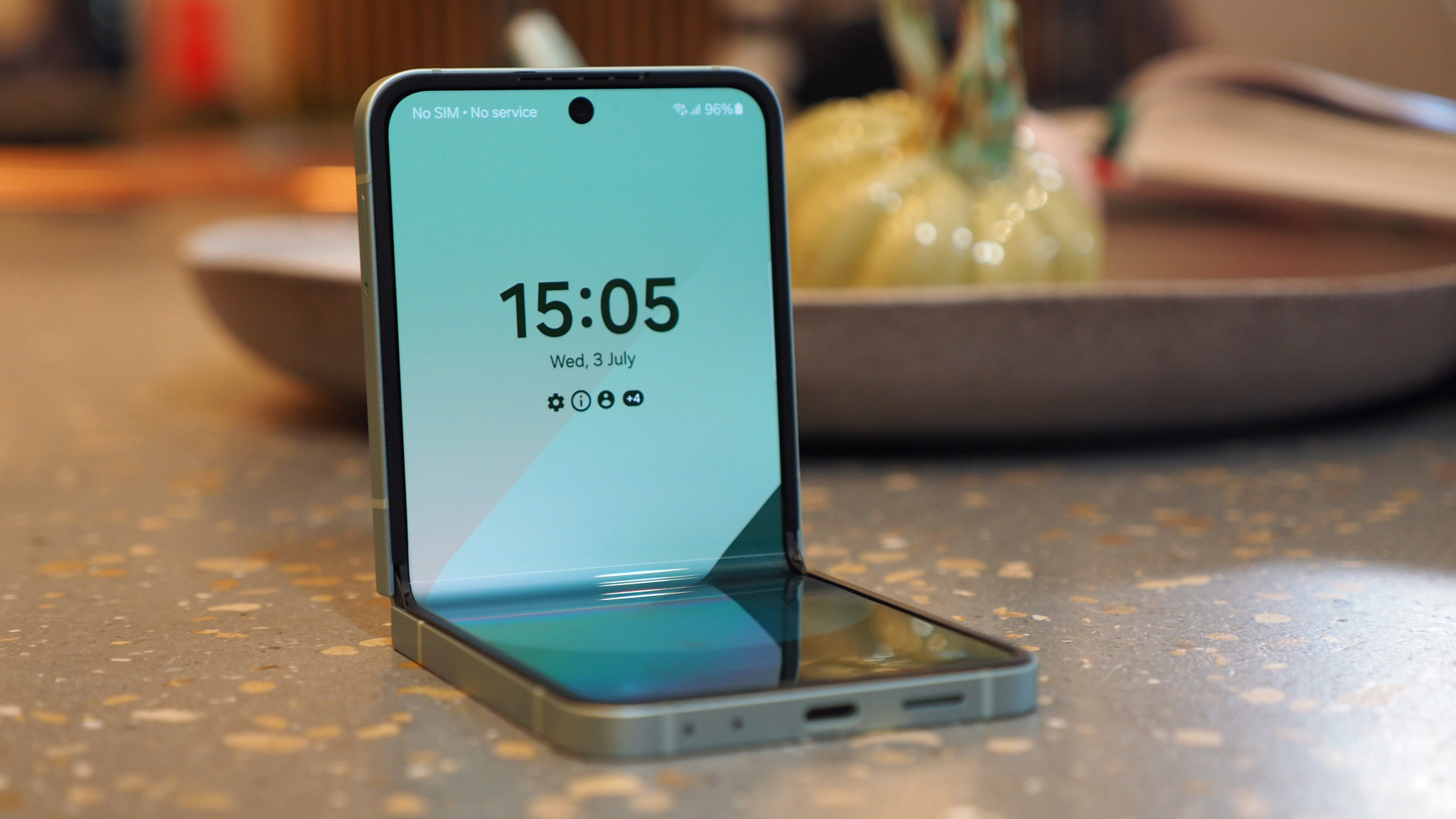
Samsung is like the old guard when it comes to the best folding phones. It makes me wonder where all the time has gone, really, because the Galaxy Z Flip 6 – which I've got on review here, having highlighted its 3 biggest upgrades at the Galaxy Unpacked launch event – is the sixth generation of its foldable clamshell device. Yes, sixth!
But 2024 has been super-busy with competitors releasing viable alternatives left, right and centre. From the likes of Motorola's Razr 50 Ultra (just the 'Razr Plus 2024' in the USA) outshining the Samsung's cover display by scale, to lesser-known brands undercutting the price, such as the Nubia Flip 5G. There sure are plenty of alternatives to consider.
So while Samsung has certainly been busy getting the Z Flip 6 to market, there are limited differences compared to the earlier Z Flip 5 for this generation. Does that mean the competition has snuck around and now edged ahead? I've been using the Galaxy Z Flip 6 for a fortnight as my own handset to see if it's still the best clamshell foldable around...
Samsung Galaxy Z Flip 6: Price & Availability
One thing I did anticipate the Z Flip 6 would do was drop its asking price. But, alas, no – it's done the opposite in many territories. In the UK it holds year-on-year pricing, starting at £1049 for the 256GB option; in the US it's $100 more, at $1,099; while Australia sees a AU$150 bump up to AU$1749. You'll pay more for the 512GB storage version.
While I can see some sense in that, given annual inflation, the problem is that Samsung's most obvious competitor, the Motorola Razr 50 Ultra, is even cheaper – despite offering a generally more decorated spec sheet. Psychologically, from a UK and US pricing perspective, I really think the Z Flip 6 ought to have targeted a triple-figure asking price to attract more attention from the off.
Samsung Galaxy Z Flip 6 review: What's new?
- Newer Qualcomm processor (Snapdragon 8 Gen 3)
- Battery capacity increase to 4,000mAh
- Internal display up to twice as bright
- RAM improvement, now at 12GB
- 50-megapixel camera upgrade
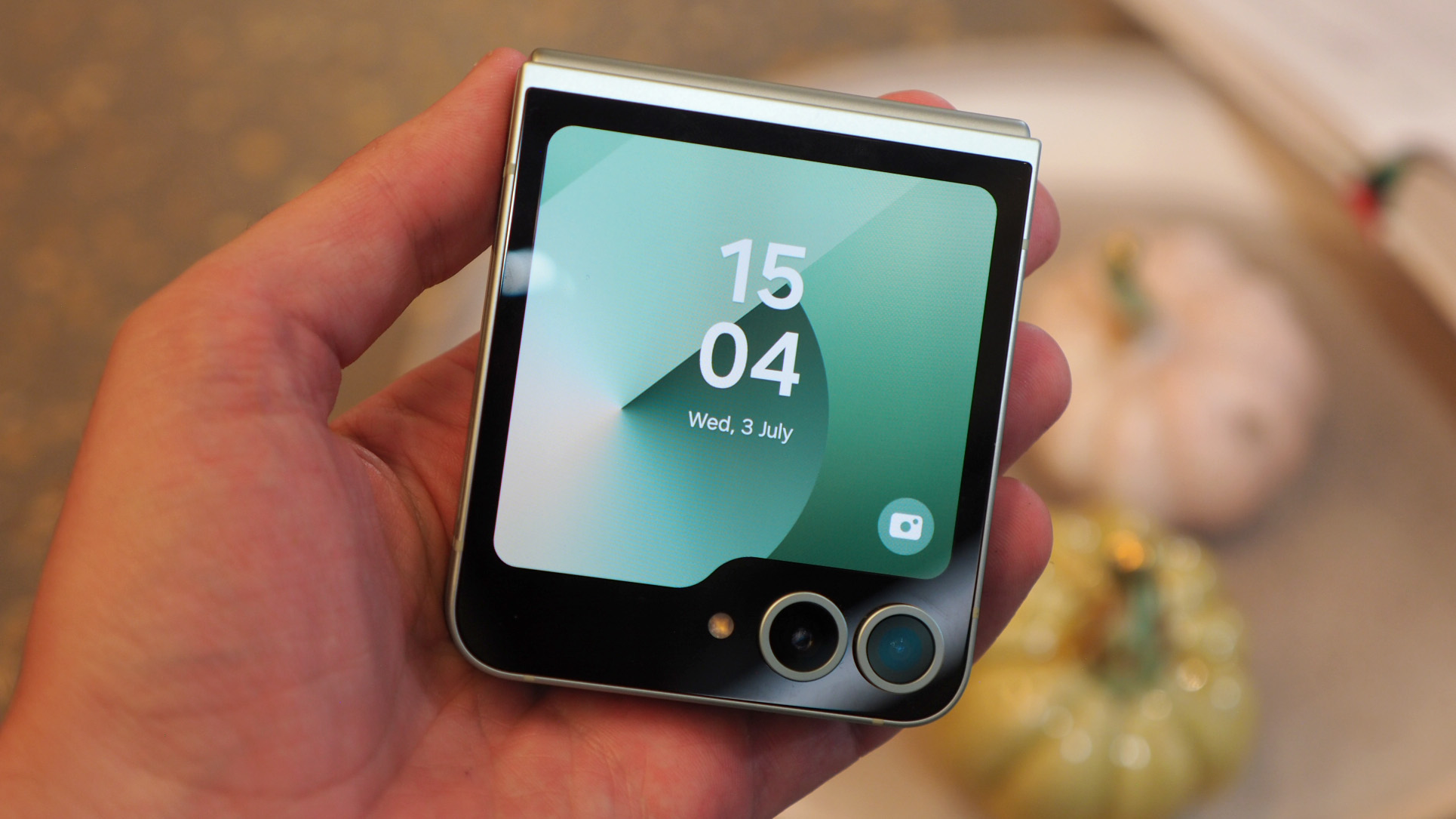
So what justifies that price being at the higher end compared to its clamshell foldable competition? Well, the Galaxy Z Flip 6 certainly does elevate the experience – although it's incremental rather than world-changing in each instance.
The design of the Z Flip 6 is identical to its predecessor. While a new and larger cover display was rumoured (expected, even), that didn't come to fruition – it's one and the same for current and previous generations, so I suspect the 2025 model could introduce that change.
However, Samsung has managed to squeeze more battery capacity into this same-size body (now at 4000mAh, up from 3700mAh), while upgrading the processor to the latest most powerful Qualcomm, adding more RAM as standard, a brighter foldable display, and crucially a big main camera boost (up to 50-megapixels from the 12MP of before).
Samsung Galaxy Z Flip 6 review: Design & Displays
- Cover display: 3.4-inch OLED, 60Hz, 720 x 748 resolution
- Foldable display: 6.7-inch OLED, 120Hz, 1080 x 2640
- Dimensions: 71.9 x 165.1 x 15.1 (6.9mm unfolded)
- Weight: 187g
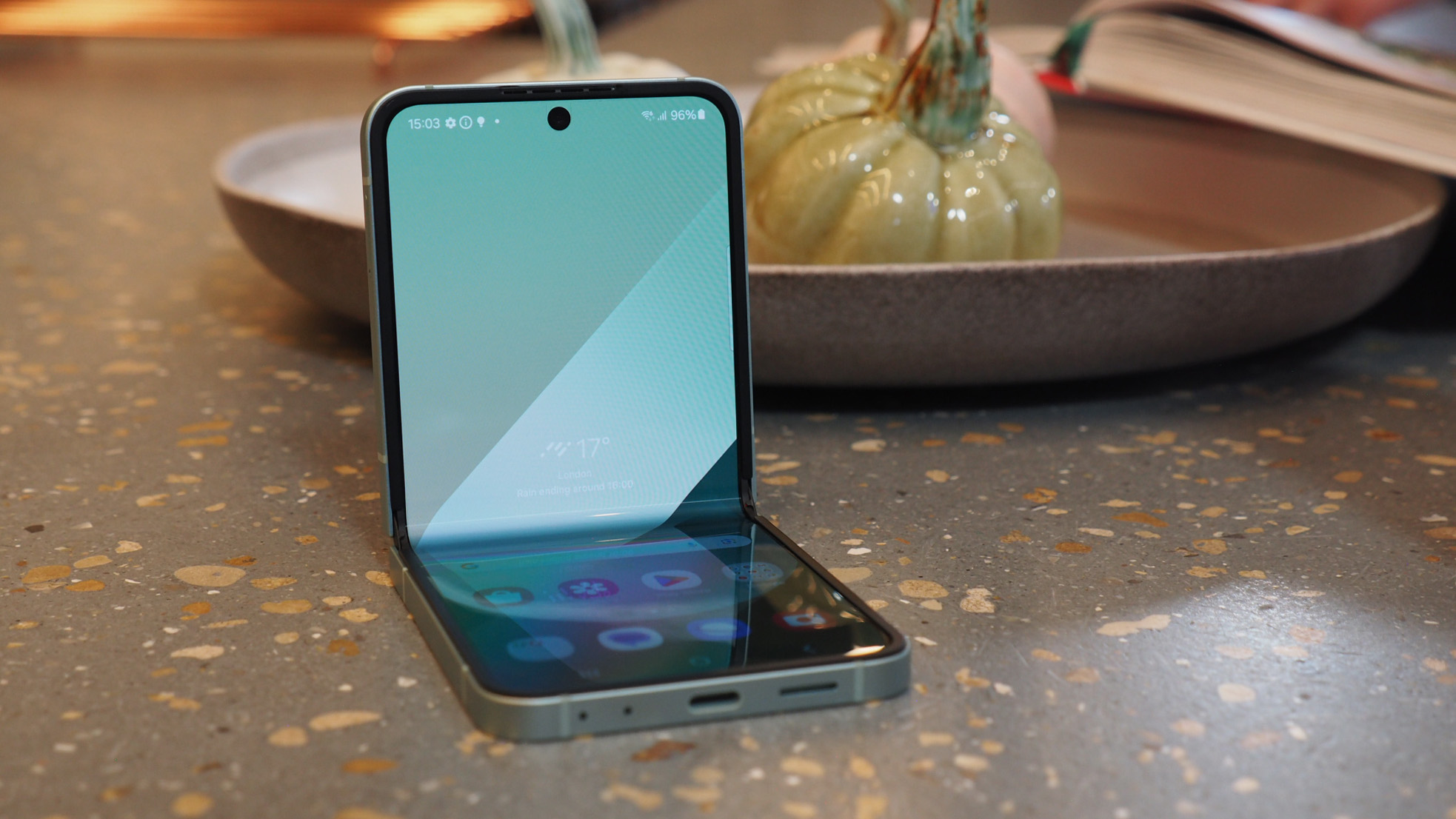
When I reviewed the earlier Z Flip 5, I was already banging on about "looking forward to the expansion of the cover display" – even almost a year ago. Having used the Motorola Razr 50 Ultra for the weeks prior to moving into the Galaxy Z Flip 6 for this review, believe me, the Samsung now feels like it lags behind.
The same issues remain as before: the biggest drawback is that the cover display is just somewhat limited in presenting always practical use cases. Sometimes I'll get notifications, say, but they won't interact properly and expand into the cover display upon touch and intended engagement – something the Motorola handles much better in my view.
You can give permission for certain apps to use the full expanse of the cover display, though, but it's somewhat hidden and long-winded to access – requiring settings access to Samsung's Labs, where you can permit apps and activate main screen navigation style too. I wouldn't be surprised if many users never realise this is even here.
The apps are also limited: I was offered Maps, Messages, Netflix (why?), WhatsApp and YouTube only. There has to be a bunch more that would work perfectly well with that cover display, so it still feels like a missed trick to me, which undoes some of the point in even owning a dual-screen clamshell flip phone.
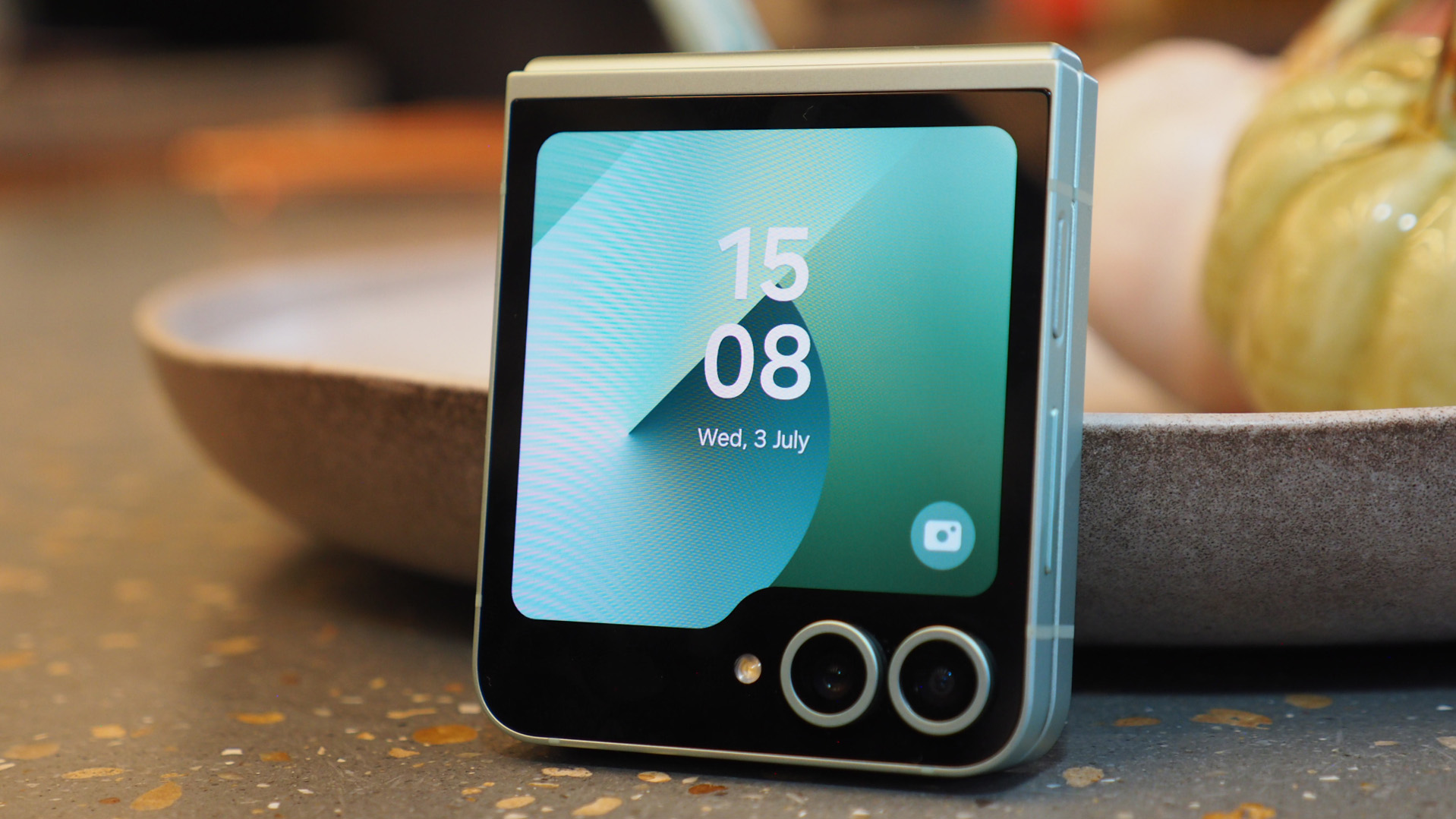
Otherwise the cover display is always a left-swipe away from providing access to various quick-glance widgets. There's calendar, weather, alarm, recorder, calculator and activity to peek at as you please. Which is nice to have, but I've not found it world-changing – and no always-on display further limits interaction with the screen switching off quickly.
So while I've not used this 3.6-inch display as much as I expected, I've always been satisfied in flipping the Z Flip 6 open. Just like its predecessor, the feel of this phone is part of what makes it great and sets it apart from its key competition. The Samsung's folding motion has this resistive 'sprung' sensation about it compared to Motorola's best. It's really satisfying to flip it open and closed.
Once open, the Z Flip 6's internal display is of decent quality. No, it can't fix the shortcomings that all foldables suffer – namely the internal screen's reflective quality and inevitable 'crease' – but it's as good as it gets in this form factor. This time around, however, greater brightness means it can negate fingerprint smudges and smears to a better degree when outside and catching reflective sunrays.
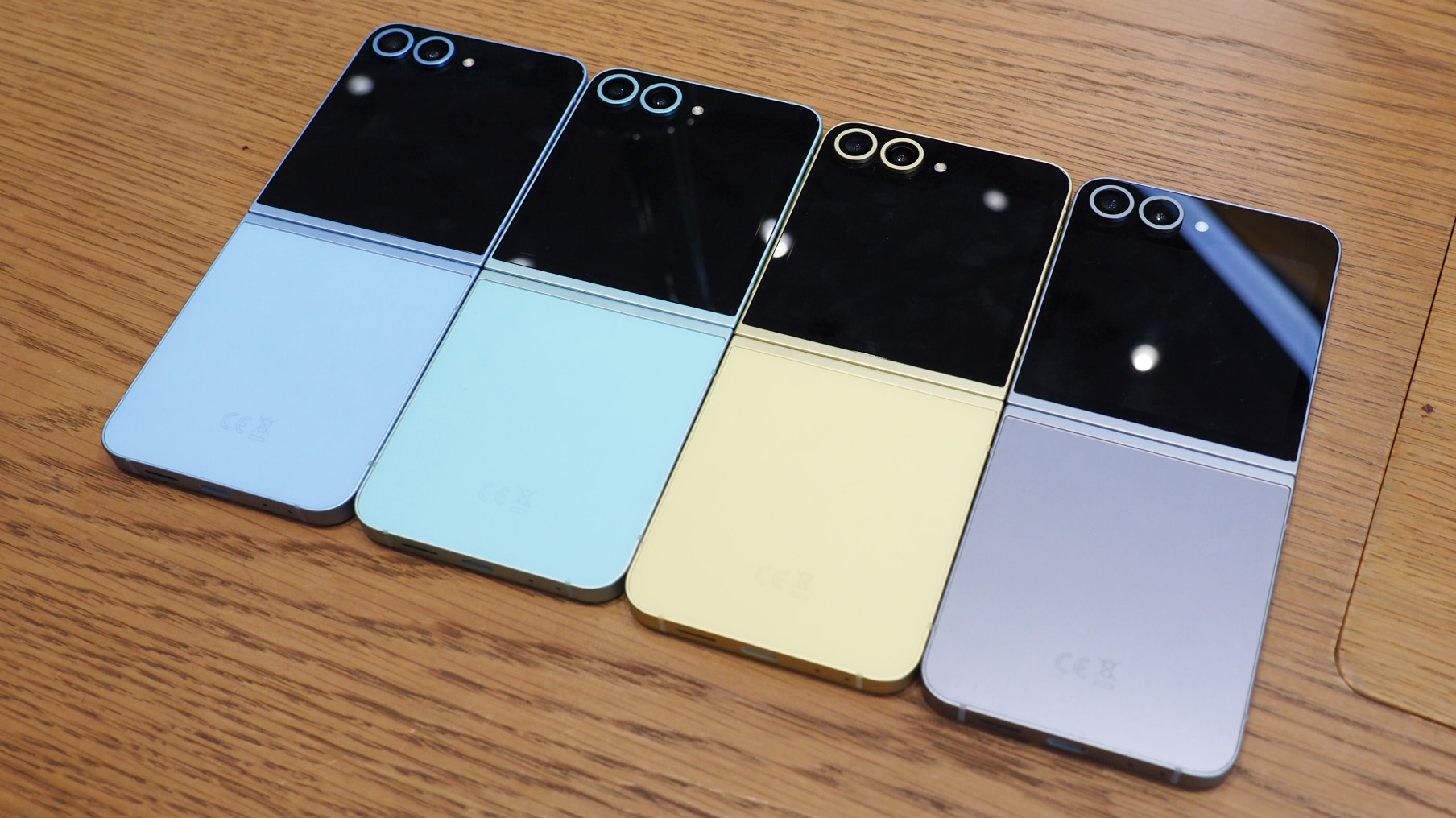
As for this year's finishes, the majority of pictures of my early Galaxy Z Flip 6 sample on this page are of the Mint option. I'm glad it's not the new Yellow finish as, for me, there's something unappealing about the hue of that particular colour. Other options include 'Silver Shadow' and Blue (the latter which I was sent for this full review) – you can see the full set in the image above – plus some Samsung Store specific exclusives (not pictured).
All in all, then, the Z Flip 6 looks and feels much like its predecessor. I'd have liked more of an overhaul for this generation – especially around the cover display's scale and scope of apps it can present there – but Samsung still remains very relevant thanks to its design choices. This flip phone just feels right, which can't be overlooked.
Samsung Galaxy Z Flip 6 review: Performance & Battery
- Processor: Qualcomm Snapdragon 8 Gen 3, 12GB RAM
- Battery capacity: 4,000mAh
- Wired charging speed: 25W
- Wireless charging: 15W
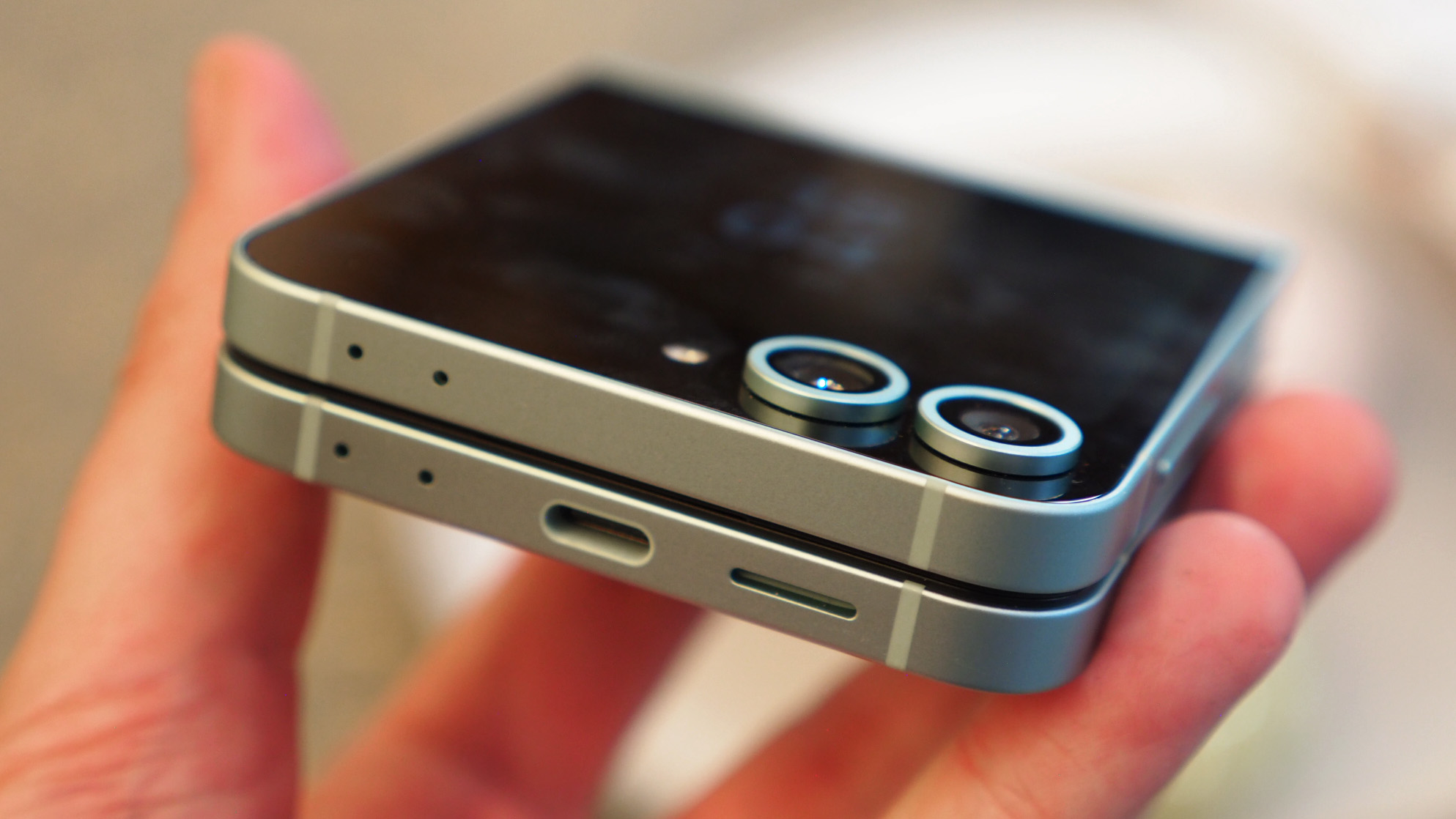
Designing a flip phone requires a different approach compared to the typical best flagship Android phones, as consideration needs to be given to battery division and placement, weighting to the two halves, and indeed just getting everything squeezed in and built around that hinge mechanism.
That Samsung has managed to house yet more battery capacity in the Z Flip 6 is impressive. The 4000mAh total may only be around 8% greater than its predecessor, but that's needed for a setup such as this. Especially when running the 'made for Samsung' version of Qualcomm's top-end Snapdragon 8 Gen 3 chipset.
That's one area where the Samsung stands above the Motorola: I've been using this Galaxy device and noticing no letup whatsoever. That can result in the device getting a little warm as a result, and it certainly limits the battery life to levels that are questionable for a full day's use – in spite of the capacity increase.
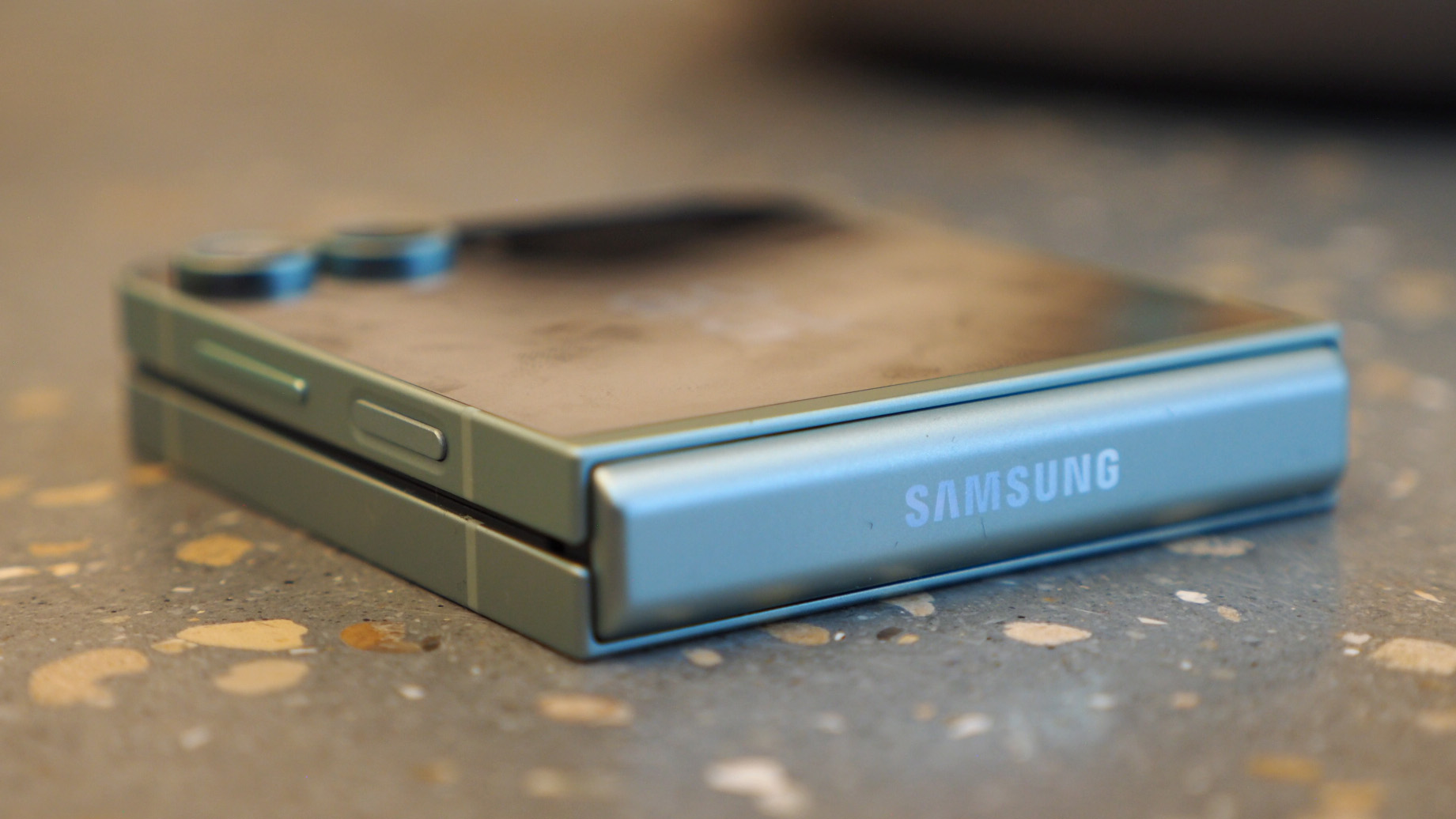
I've looked over Samsung's daily Battery Activity in the settings and can see some days I've used 105% battery – i.e. a top-up charge has been required inside the day. Even as I type this, 12 hours into my awake-and-away-from-the-plug work day, the battery is at 35% – and it'd scrape me to 17 hours of total use according to the data. The battery lasts for a day, but only just.
You can limit apps and put specifics into deep sleep, drop the screen refresh rate and so forth – but that's not how I like to enjoy my phone. And while I'd expected this Z Flip 6 to be quite heavily throttled, that's clearly not the case. From Mighty Doom to South Park: Phone Destroyer, Match Factory and PUBG Mobile, this phone is a true flagship that runs apps and games with no compromise, no lag, no letup.
There's extra RAM this time around, too, with 12GB on board to aid the various Galaxy AI artificial intelligence features on board. This benefits not only camera automation, but also post-shoot editing – with editing suggestions, subject removal and the like – and even a host of real-time transcribe, translate and contextual search features. All great to have features.
Samsung Galaxy Z Flip 6 review: Cameras
- Main: 50-megapixel, f/1.8 aperture, optical stabilisation (OIS)
- Wide-angle: 12MP, f/2.2, no stabilisation
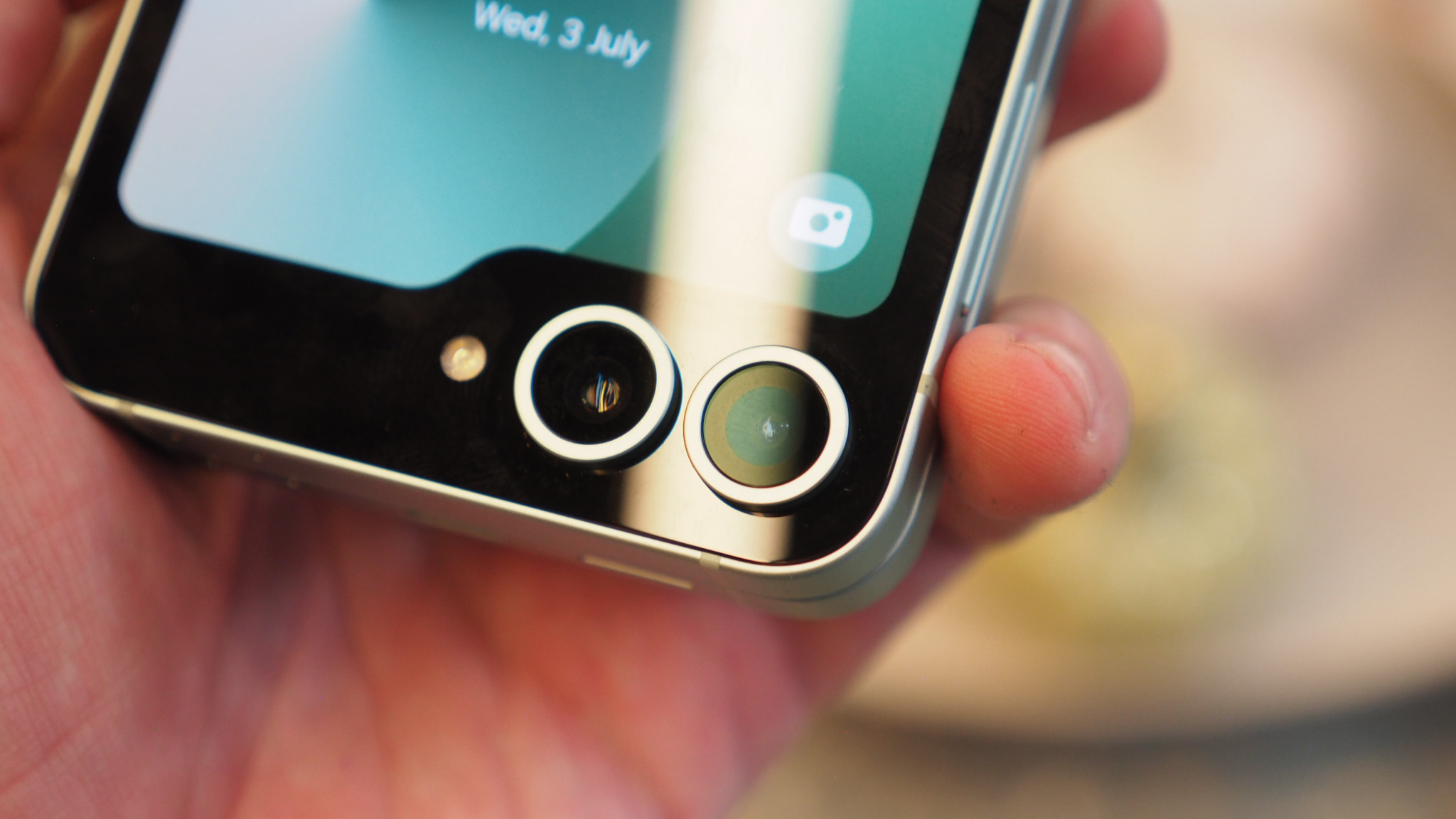
As we march through 2024 I'm seeing a growing trend on many of the best phones incoming: lots more cameras! The forthcoming Google Pixel 9 Fold, for example, goes all-in with not one but two huge camera bumps. The Samsung Z Flip 6? Not so much. There's not really the space for such an array of optics in a clamshell foldable.
Instead the dual camera arrangement is familiar. Sure, Samsung has finessed the design with colour-matched rims around the lenses to pair with your colourway selection, which is a nice touch, but otherwise this is the same dual-lens approach as its Z Flip 5 predecessor.
The main camera does get a resolution upgrade, though, boosted from 12-megapixels to 50MP, meaning a choice of either much higher-resolution output, or a higher sampling rate of four pixels to one, resulting in greater dynamic range and detail potential. That's particularly useful for low-light photography.
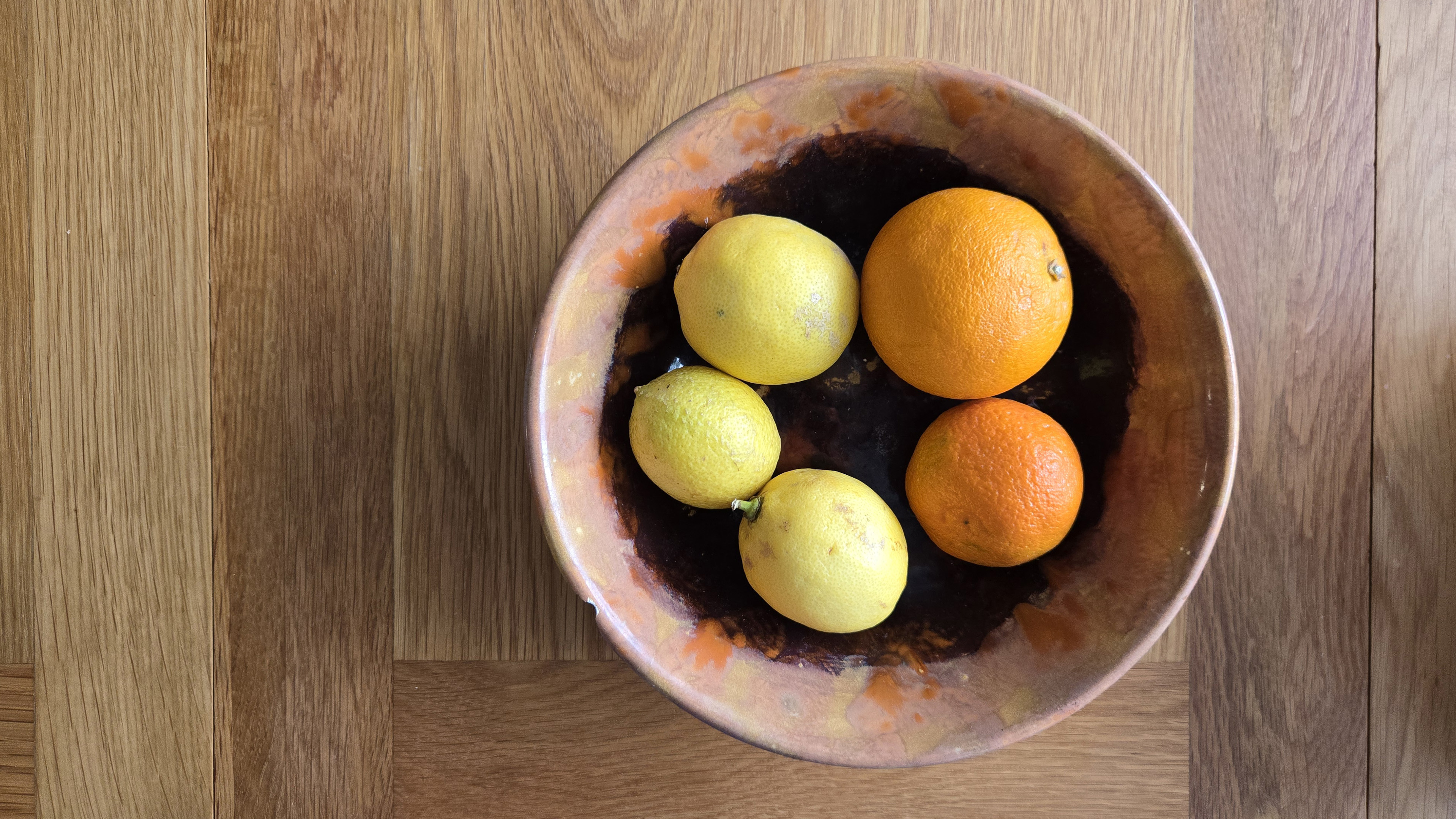

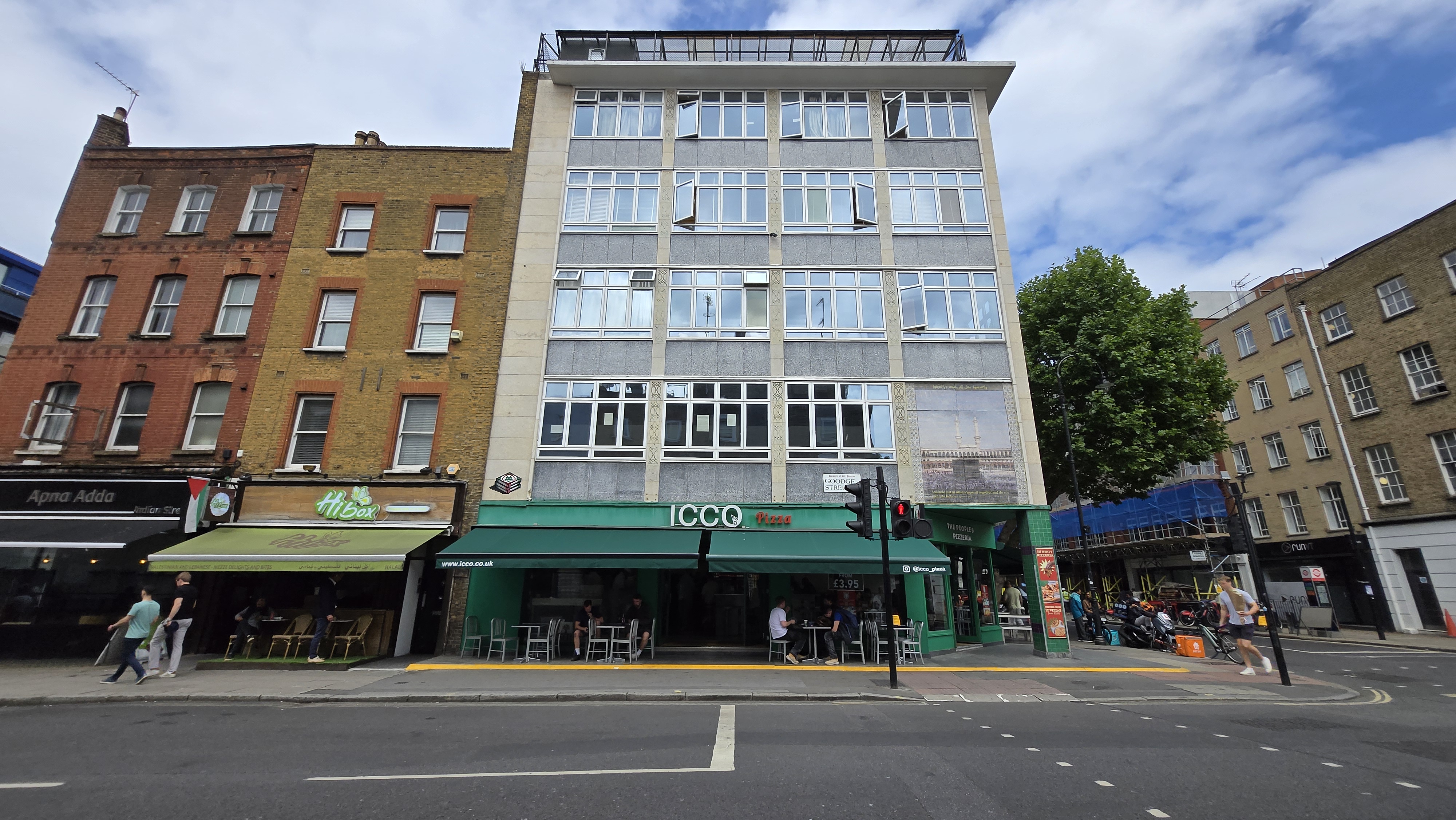
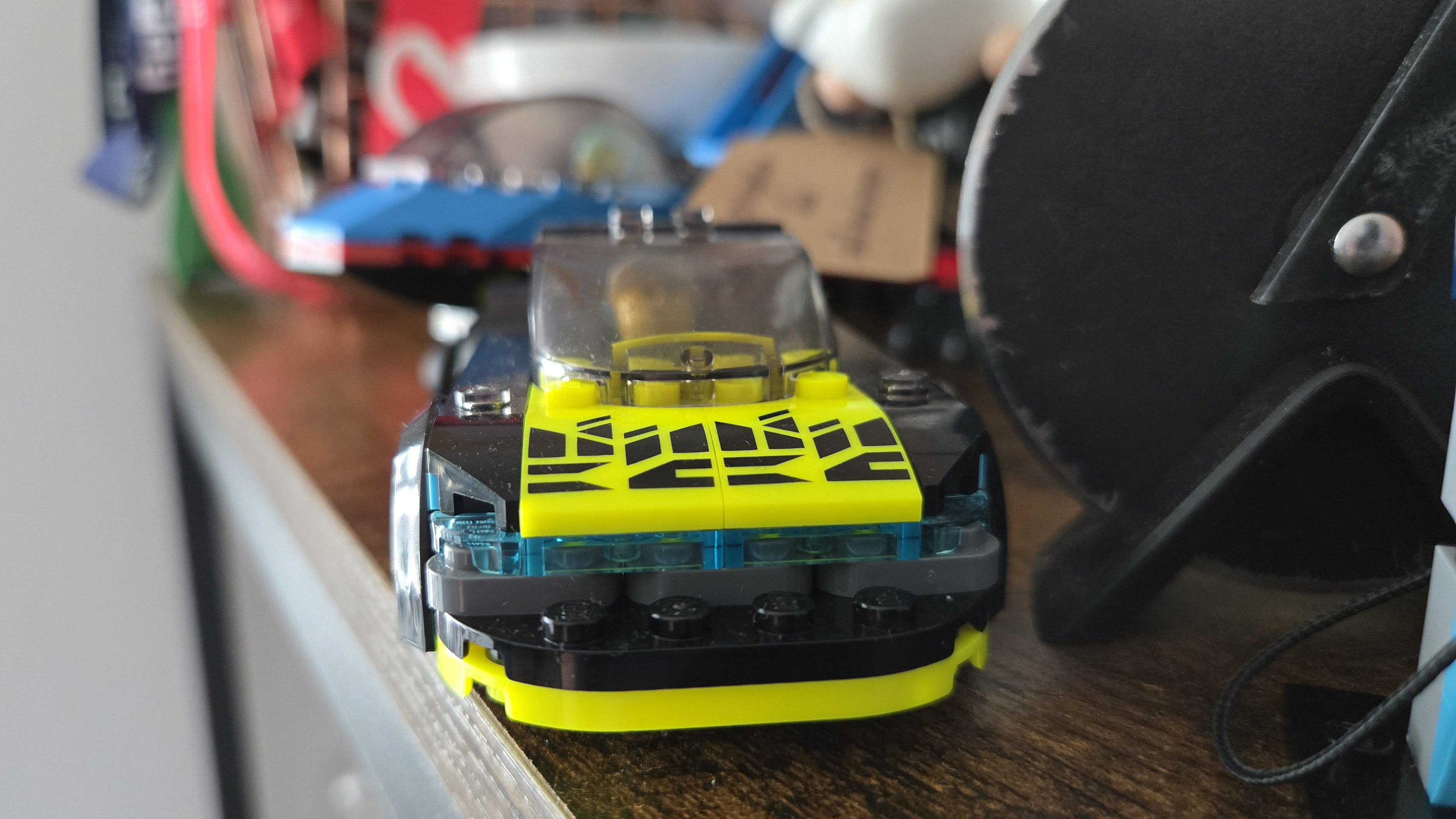

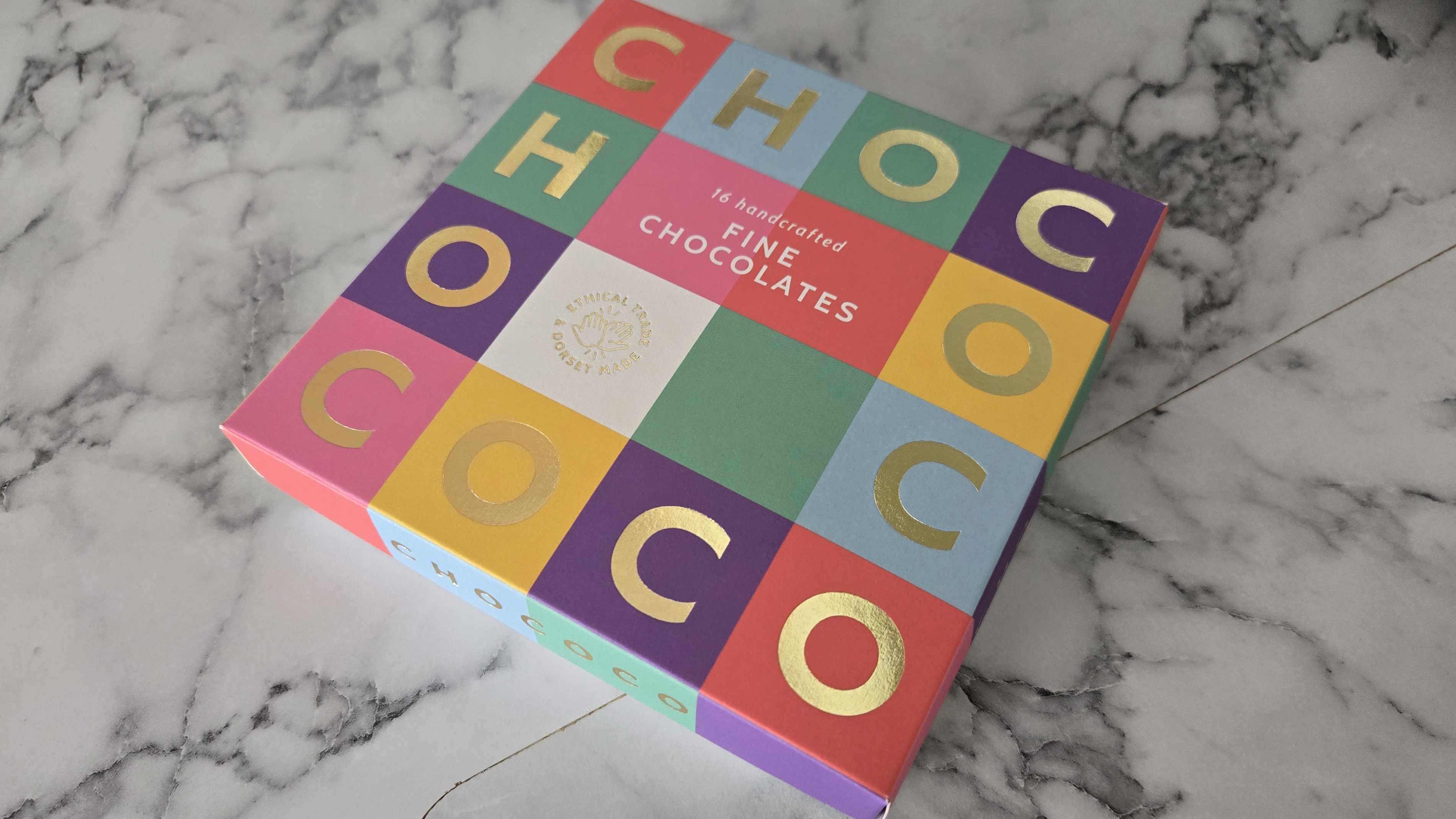
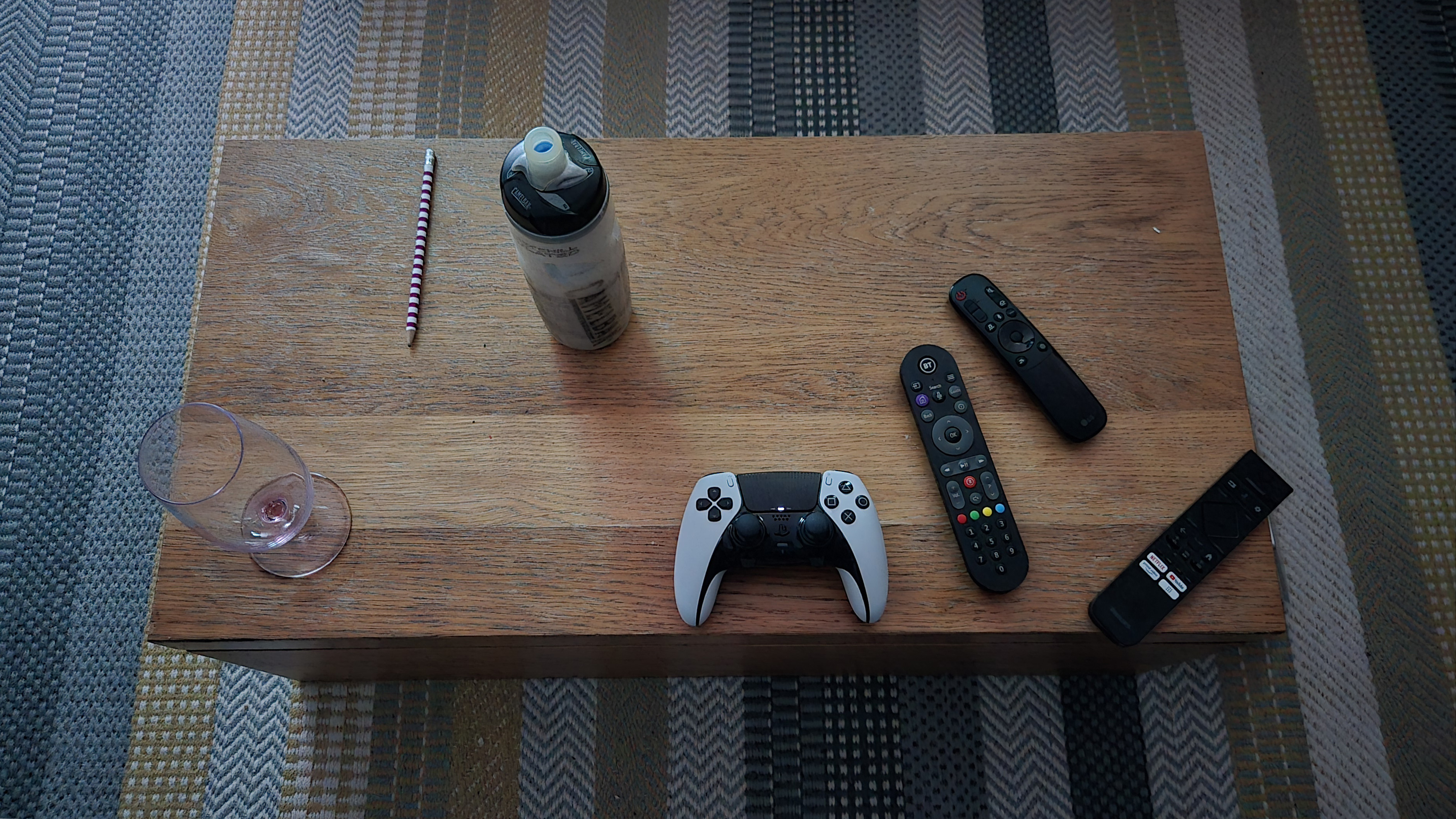
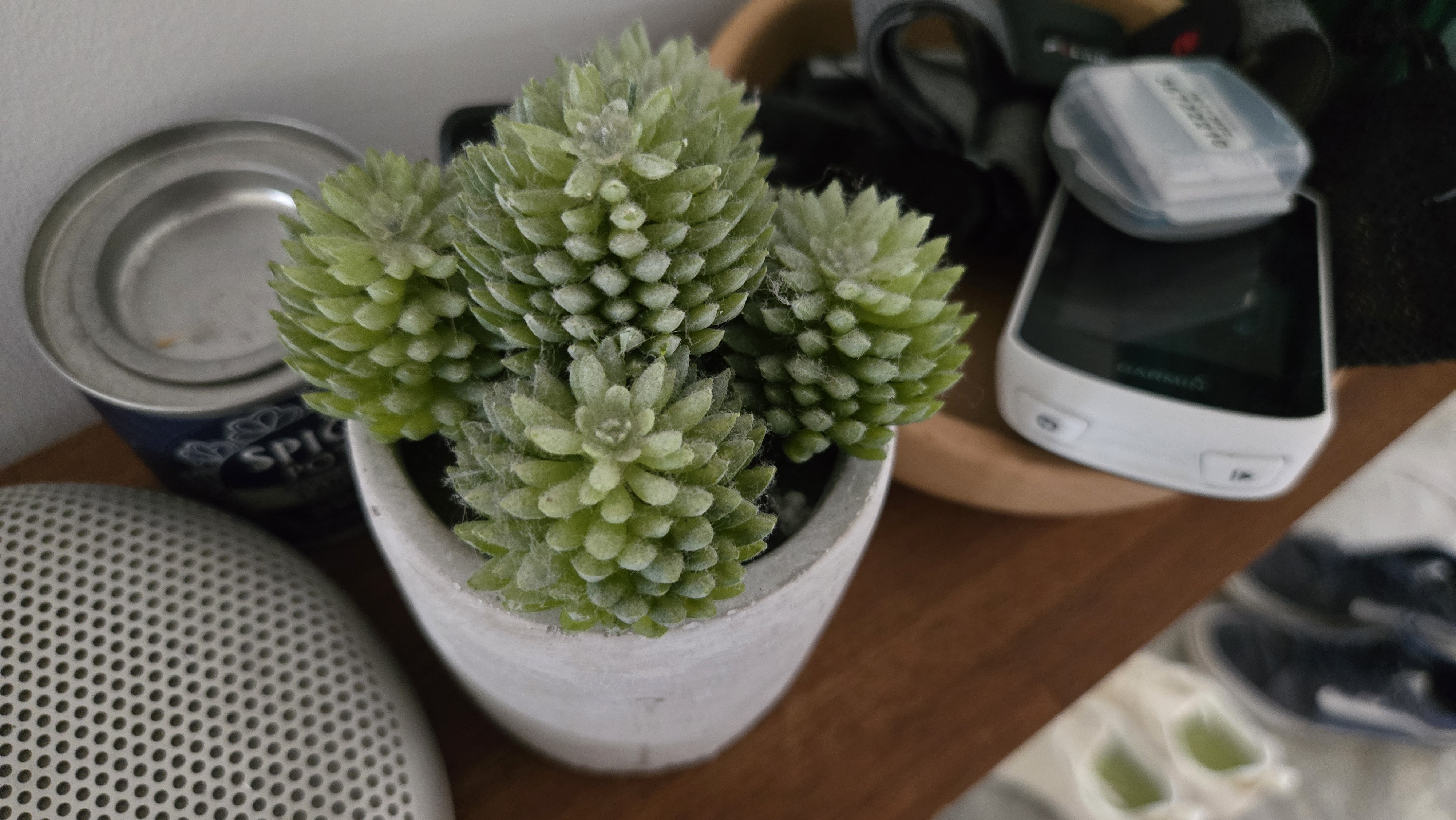
Flick through my gallery of images above and there are a handful of clean and colourful daylight images, but it's the low-light handheld shots that have really impressed me. The automatic Night mode kicks in to capture quality stills in very little light indeed, which elevates what the Z Flip 6 is capable of delivering. The shot of corks, for example, is exposed way beyond what my nighttime eyes could see.
It's not all about low-light, though, with the staple wide-angle lens also proving useful for fitting extra into an image. There's a split in the school of thought around the wide-angle though – the Motorola Razr 50 Ultra, for example, has ditched it entirely for a 2x optical zoom instead. But, you know what, it took me using the Z Flip 6 to realise that I missed the wide-angle.
That's going to depend on what and how you like to shoot, though. If you're more into snapping portraits then the Motorola's optical zoom makes more sense; but if you like shooting buildings and need the wide-angle view than the Samsung's take makes more sense. You can't have both, though, which is another defining factor between these two devices.
Samsung Galaxy Z Flip 6 review: Verdict
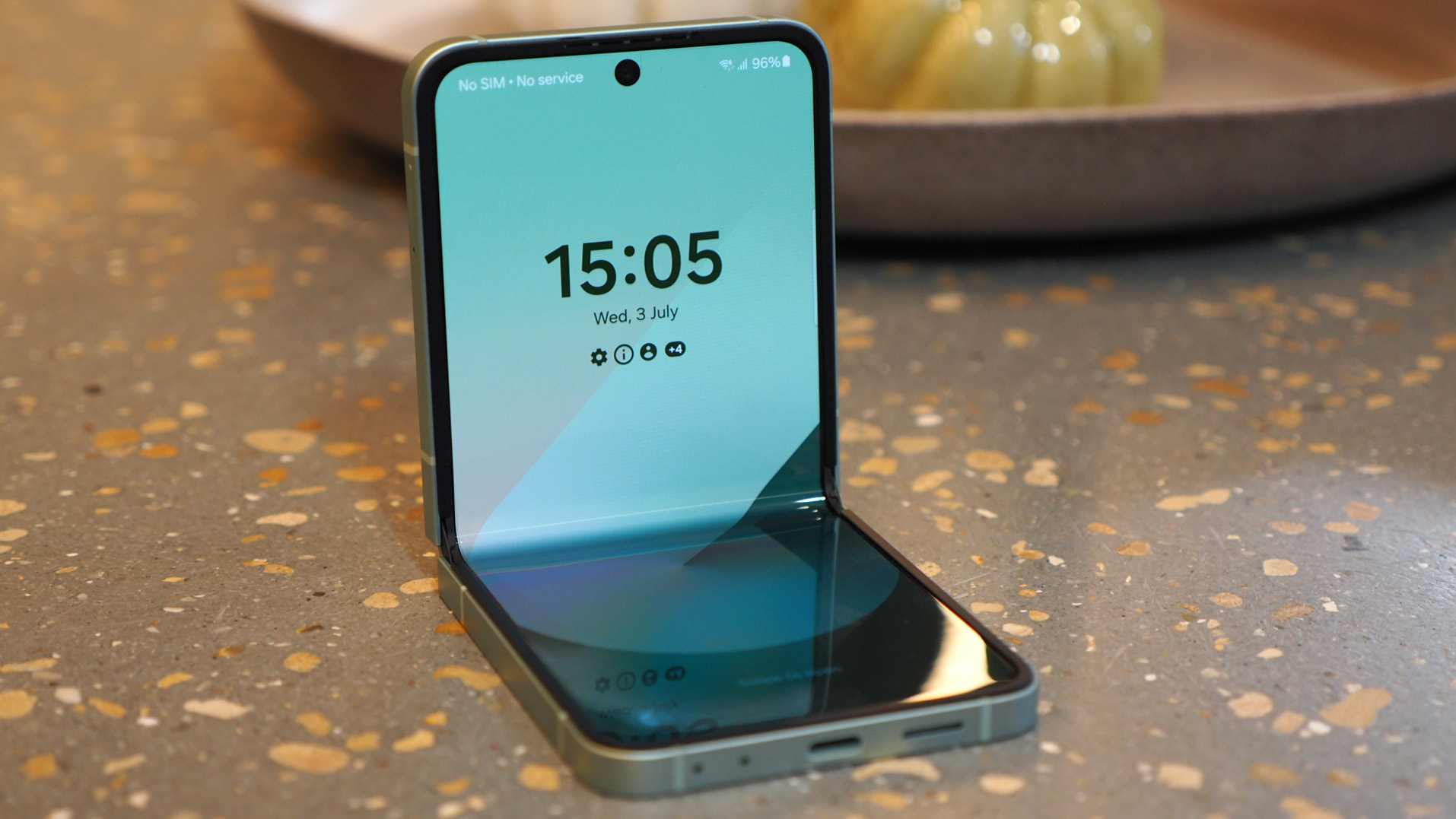
While the Samsung Galaxy Z Flip 6 doesn't change the script all that much compared to its predecessor, and so couldn't be called a phone for upgraders, it's still one of the best clamshell foldables to use – largely thanks to the feel of this design's hinge, which isn't to be overlooked.
In the same breath, however, the competition has come a-knockin' – and I've no doubt that the Motorola Razr 50 Ultra (Razr Plus 2024), which I've used for weeks prior to writing this Samsung review, is the better device of the two. The Samsung has the edge with raw power, while the Motorola makes a better case for the cover display.
As the flip phone landscape continues to evolve – and Xiaomi just threw its hat into the ring, with the Mix Flip – Samsung's boost to battery, cameras and screen brightness does matter. But for the next generation it can't rest on its laurels, especially given the ever-imposing competition's latest efforts.
Also consider
As the Z Flip 6 is priced as a brand new phone, there's logic to look at its predecessor as a much cheaper alternative: the Z Flip 5 has a less bright screen, less battery capacity, and lower main camera resolution – but with the very same design and cover display, it's now a bargain.
Otherwise, the clear competitor is Motorola's Razr 50 Ultra, which has a much more successful and larger cover display integration – and it's less pricey than the Z Flip 6. There's an interesting array of colours and finishes to consider too.







